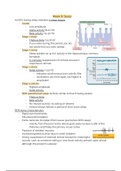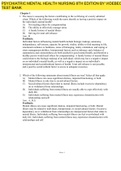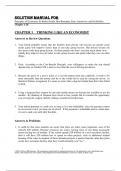Samenvatting
Summary Biological Psychology // Biologische Psychologie (Vrije Universiteit) Course Notes - Year 1, Period 2 and 3
- Instelling
- Vrije Universiteit Amsterdam (VU)
Hey! Have a BioCog exam coming up? No worries! I watched and summarised the biological psychology lectures so you don't have to :) I've also included plenty of visuals to help you internalize the information. Note: this file only includes the notes for the biological psychology lectures. If you a...
[Meer zien]







